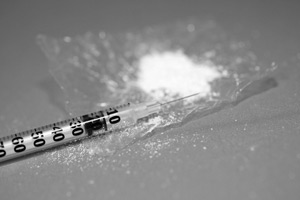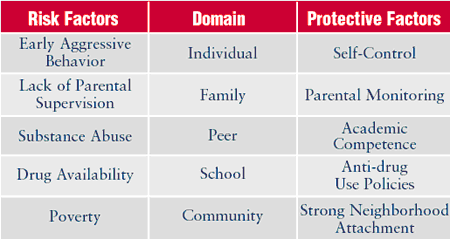What Is Addiction?
No one who begins to use drugs thinks he or she will become addicted. Addiction is a disease characterized by compulsive drug seeking behavior regardless of the consequences.

Research conducted by the National Institute on Drug Abuse shows that virtually all drugs that are abused have a profound effect on the brain. Prolonged use of many drugs including, cocaine, heroin, and amphetamines can change the brain in fundamental and long lasting ways resulting in drug craving addiction.
The brains of addicted people "have been modified by the drug in such a way that absence of the drug makes a signal to their brain that is equivalent to the signal of when you are starving," says National Institute on Drug Abuse Director Dr. Nora Volkow. It is "as if the individual was in a state of deprivation, where taking the drug is indispensable for survival. It's as powerful as that."
Addiction grows more serious over time. Substance use disorders travel along a continuum. This progression can be measured by the amount, frequency and context of a person's substance use. As their illness deepens, addicted people need more alcohol or other drugs. They may use more often, and use in situations they never imagined when they first began to drink or take drugs. The illness becomes harder to treat and the related health problems, such as organ disease, become worse.
Risk and Protective Factors
Research over the past two decades has tried to determine how drug abuse begins and how it progresses. Many factors can add to a person’s risk for drug abuse. Risk factors can increase a person’s chances for drug abuse, while protective factors can reduce the risk. Please note, however, that most individuals at risk for drug abuse do not start using drugs or become addicted. Also, a risk factor for one person may not be for another.
Risk and protective factors can affect children at different stages of their lives. At each stage, risks occur that can be changed through prevention intervention. Early childhood risks, such as aggressive behavior, can be changed or prevented with family, school, and community interventions that focus on helping children develop appropriate, positive behaviors. If not addressed, negative behaviors can lead to more risks, such as aggressive behavior, can be changed or prevented with family, school, and community interventions that focus on helping children develop appropriate, positive behaviors. If not addressed, negative behaviors can lead to more risks, such as academic failure and social difficulties, which put children at further risk for later drug abuse.
Research-based prevention programs focus on intervening early in a child’s development to strengthen protective factors before problem behaviors develop.
The table below describes how risk and protective factors affect people in five domains, or settings, where interventions can take place.

Risk factors can influence drug abuse in several ways. The more risks a child is exposed to, the more likely the child will abuse drugs. Some risk factors may be more powerful than others at certain stages in development, such as peer pressure during the teenage years; just as some protective factors, such as a strong parent-child bond, can have a greater impact on reducing risks during the early years. An important goal of prevention is to change the balance between risk and protective factors so that protective factors outweigh risk factors.
(Source: http://www.nida.nih.gov/prevention/risk.html)
Risk Factors
|
Protective Factors
|
Addiction Is A Treatable Disease
The success of any treatment approach depends on a variety of factors such as the child's temperament and willingness to change, and the extent and frequency of use. Drug addiction is now understood to be a chronic, relapsing disease. It is not surprising, then, that parents may have to make a number of attempts at intervention before their child can remain drug-free, and they should not despair if their first try does not produce long-lasting results. Even if it is not apparent at the time, each step brings the child closer to being healthy.